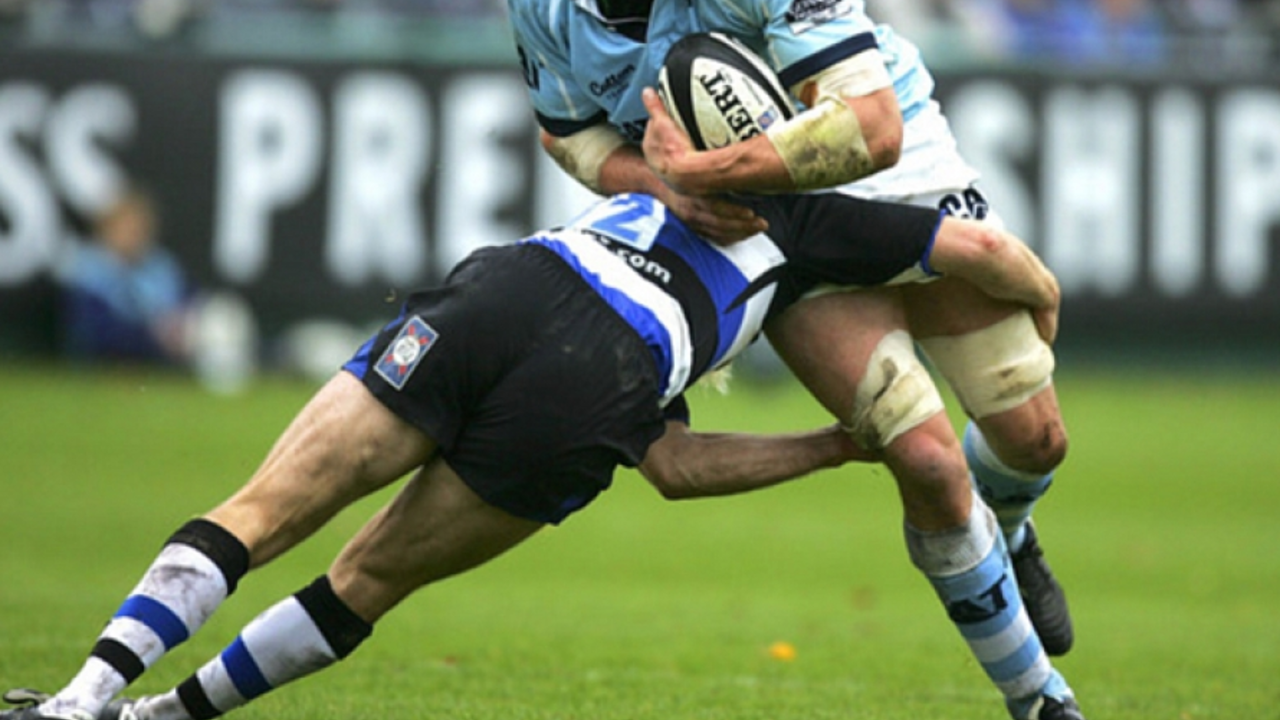Hey there, my sports fanatics! Let's dive into a quick yet fascinating lesson about the 40-20 rule in rugby league, shall we? In a nutshell, the 40-20 rule is like a secret weapon of the game! If a team, while inside their own 40-meter zone, kicks the ball into touch within the opponent's 20-meter zone, they get to keep possession! It's like a magic trick that turns the game on its head! Can you believe it? Just when you think you're backed against the wall, bam! You turn the tables with a well-placed kick! Keep that in mind next time you're watching or playing, it's a game-changer!
Rugby Strategy: Simple Tactics to Up Your Game
Ever wondered why some teams dominate while others struggle? It often comes down to clear strategy. A solid game plan gives everyone a role, cuts mistakes, and makes the most of your strengths. Below are easy‑to‑apply ideas that work for any level, from school sides to senior clubs.
Build a Strong Base: Phases and Set‑Pieces
The first thing to sort out is how you handle the basic phases – rucks, mauls, scrums, and line‑outs. Keep your scrum stable by training the front row on a consistent push rhythm. In line‑outs, practice quick throws to the same jumper so your backs know exactly where the ball will land. When you win a ruck, decide in advance whether you’ll keep the ball on the feet, spin it back, or launch a quick pass. This reduces hesitation and keeps the defence guessing.
Attack Patterns That Actually Work
Most teams rely on a simple ‘run‑right‑or‑left’ approach, but adding variation makes a huge difference. Try the ‘pod’ system – three players grouped together, moving as a unit. One pod can smash the line while a second pod runs a wider channel. This forces the defence to split its focus. Also, train your fly‑half to spot a weak defender and feed the ball to a supporting runner just before the tackle. A well‑timed off‑load can break a line that looks solid.
Don’t forget the kicking game. A well‑placed grubber or high bomb can turn a tight match into a scoring chance. Practice kicking to specific zones and have a chaser ready to contest the ball. The kicker doesn’t need a huge boot – placement and timing are more important than distance.
Defensive Shape Matters
On defence, stay compact and communication‑rich. Use a drift defence when the opponent is spreading wide; the line slides outward while the inside stays tight. For a powerful forward rush, employ a blitz defence where the line moves up quickly to cut the ball carrier’s momentum. Whichever system you choose, make sure each player knows his ‘key’ – the opponent they must mark first.
Work on tackle technique: low body position, eyes on target, and driving with the legs. A good tackle not only stops the ball carrier but also creates a quick turnover. Drills that pair a tackler with a ball‑carrier in a confined space help build reflexes and confidence.
Reading the Opponent
Before a match, spend a few minutes watching the opposition’s recent games. Spot patterns – do they favor wide passes or forward drives? Notice how they set up for scrums and line‑outs. Use this intel to tweak your game plan: if they struggle against quick ruck ball, aim for fast recycling. If their defence is slow on the outside, stretch the play with long passes.
During the game, assign one player to shout out what they see – “slow ruck”, “weak left side”. Real‑time feedback lets you adjust on the fly without waiting for a break.
Practice with Purpose
Strategy only works if the team lives it in training. Run scenario‑based drills that mimic match situations: a 5‑minute drill where you must score from a set‑piece, or a defence drill where you must stop a pod attack. Keep the drills short, intense, and focused on one tactical point at a time.
Finally, involve the whole squad in the planning process. When players help shape the strategy, they own it and execute it better. A simple post‑training chat to review what worked and what didn’t goes a long way.
With these basics – solid set‑pieces, varied attack pods, tight defence, opponent analysis, and purposeful practice – your team will have a clear strategy that translates into results on the field.
